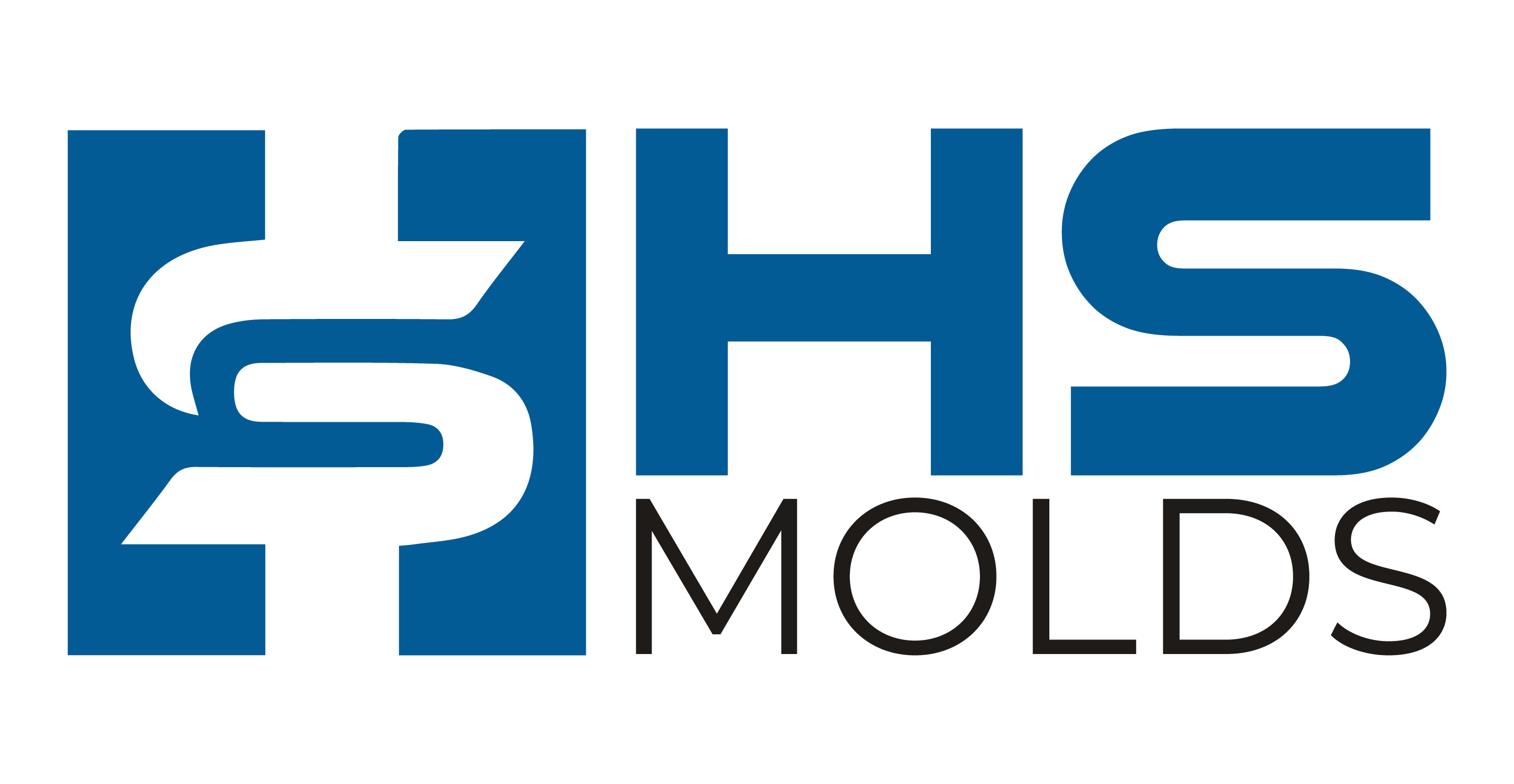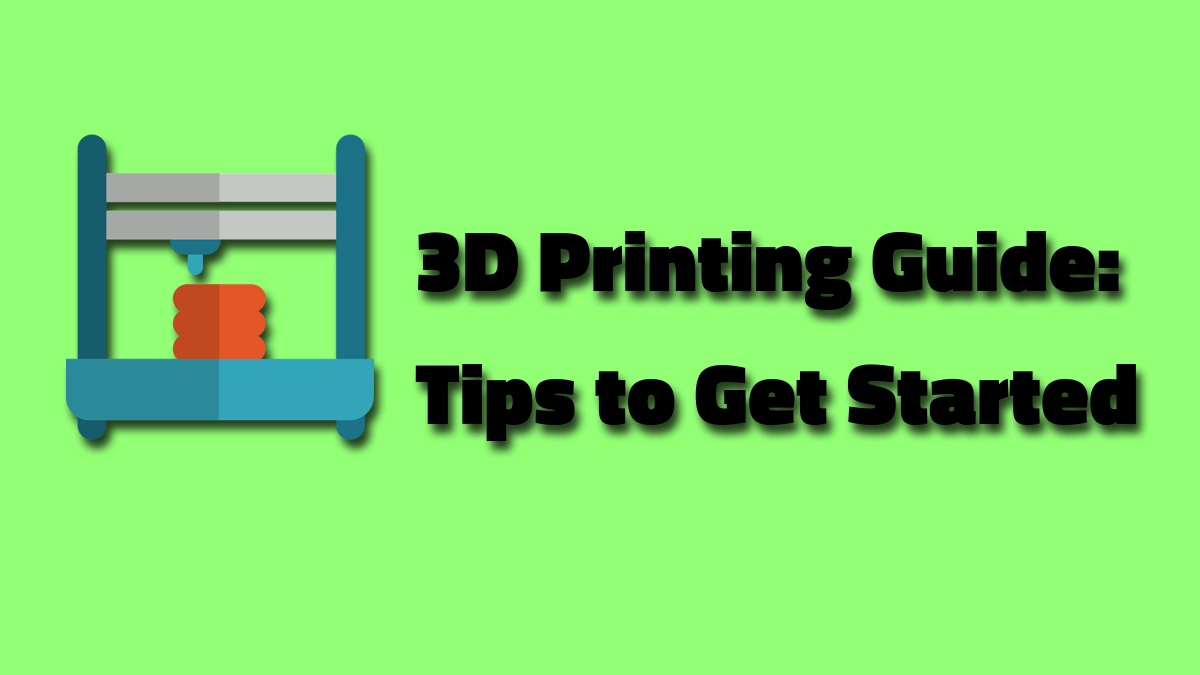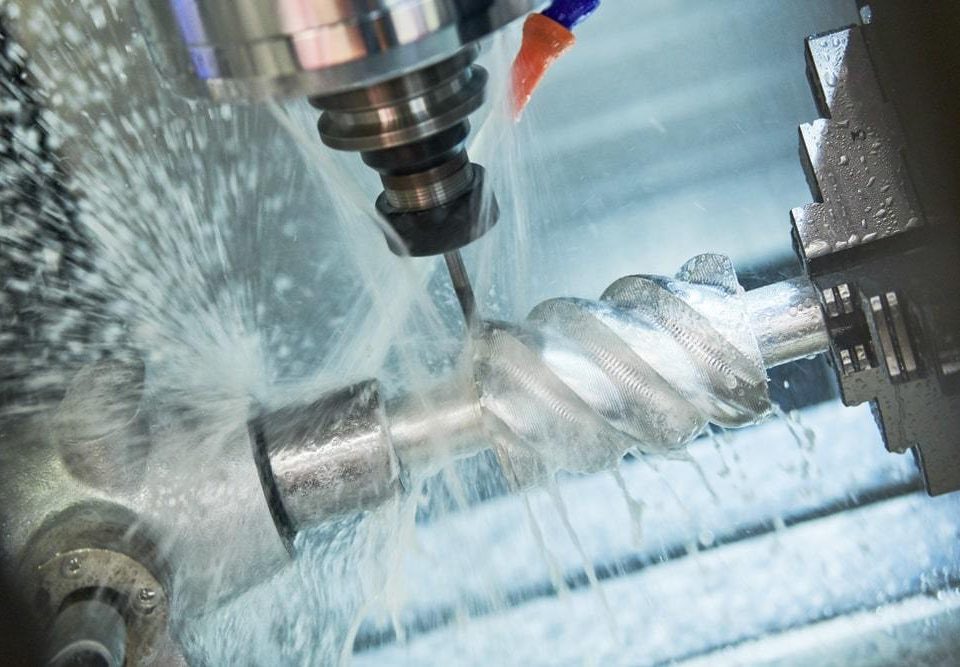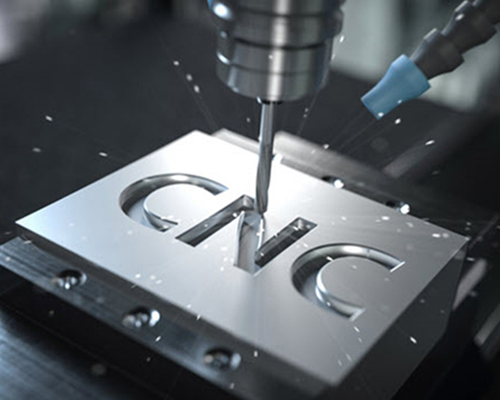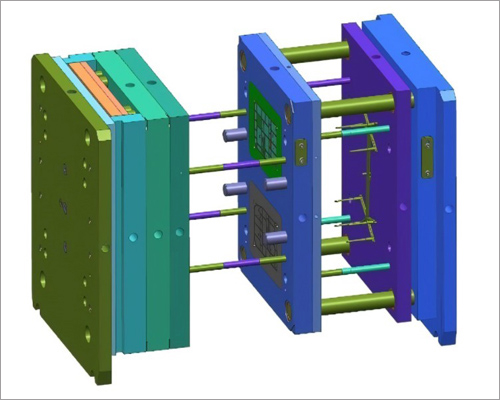
Want to Turn Your Lightweight Design into a Product?
November 29, 2021
Aluminum CNC Machining: The More You Know
June 11, 20223D printing is a process of making three dimensional solid objects from a digital file. The term “3D printing” usually refers to the use of additive processes, where successive layers of material are laid down under computer control. 3D printing is also known as desktop fabrication. Here in this guide, we will show you some tips on how to get started with 3D printing!
What is 3D Printing?
There are numerous processes and materials that can be used in additive manufacturing, but all follow the same basic principle: build up an object one layer at a time. One of the most common methods for doing this is called fused deposition modeling (FDM), which melts plastic filament and extrudes it through a nozzle to deposit layers. Materials such as metals, glass, ceramics, and even human cells can be printed using other methods however.
As we said before, “What is desktop fabrication?” or more commonly known as “What is additive manufacturing?” Additive manufacturing is a process of making three-dimensional solid objects from a digital file. It is the opposite of subtractive manufacturing which involves cutting away material to create an object.
The main advantage of additive manufacturing is its versatility. Objects can be designed and printed that would be impossible to create using traditional methods. And since there is no need for molds or tooling, production can be very quick and inexpensive.
3D Printing Versus Additive Manufacturing
So, what is the difference between ” additive manufacturing” and ” desktop fabrication?” They are both terms that refer to the same process of making three-dimensional solid objects from a digital file. However, additive manufacturing is a more general term that includes all processes and materials, while desktop fabrication refers specifically to the use of FDM technology.
A Brief History of 3D Printing
In 1984
The first working three-dimensional printer was created in 1984 by Chuck Hull of Stratasys. He used a process called stereolithography (SLA) to create objects by curing layers of photopolymer with ultraviolet light. This technology is still in use today and is one of the most common methods for creating prototypes and models.
1990’s
In the late 1990s, FDM was developed by Scott Crump, also of Stratasys. This method quickly became popular due to its simplicity and low cost. Today, there are many different types of additive manufacturing processes and materials available, but FDM remains one of the most commonly used.
2000s
In the early 2000s, the open source RepRap project was founded with the goal of creating a self-replicating printer. This led to the development of many new technologies and spurred the growth of the home and hobbyist market.
Today, additive manufacturing is used in a wide variety of applications, from prototyping to production. It is even being used for medical implants and prosthetics, food production, and construction. As the technology continues to develop, it is likely that we will see even more amazing applications for this incredible technology!
2009 – 2019
Between 2009 and 2019, the founding companies of the desktop fabrication industry were bought by large corporations. In 2009 Stratasys acquired MakerBot, a Brooklyn-based open source RepRap company, for $403 million. In 2012, Autodesk purchased CloudFab, a web-based service that allows users to order custom parts from a network of independent fabricators. And in 2019, HP Inc. announced its intention to acquire Carbon, a Silicon Valley startup that makes printers that use light and oxygen to cure layers of resin into solid objects.
Growth in 2017
With the rise of these big companies, the desktop fabrication industry has seen incredible growth. The number of additive manufacturing machines installed worldwide is expected to grow from just over 200 thousand in 2017 to more than 12 million by 2025!
Anatomy of a 3D Printer
All additive manufacturing machines have three basic components: a build platform, an extruder, and a controller. The build platform is where the object being printed is built up one layer at a time. The extruder is responsible for depositing the material that will make up the object. And the controller tells the machine what to do and when to do it.
There are many different types of additive manufacturing machines, but they all work using these same basic principles. In FDM printers, the most common type of printer, the material is deposited through a heated nozzle that melts filament and deposits it in layers.
In SLA printers, photopolymer resin is cured by ultraviolet light to create solid objects layer by layer. And in SLS printers, a laser is used to sinter powder into solid objects.
The build platform is usually made of glass or metal and is heated to prevent the object being printed from cooling too quickly and warping. The extruder consists of a heating element and a nozzle through which the material is deposited. And the controller is typically a computer that tells the machine what to do.
Now that you know how additive manufacturing works, let’s take a look at some of the different types of machines that are available.
FDM Printers
FDM printers are the most common type of additive manufacturing machine. They use filament, which is fed through a heated nozzle, to deposit material in layers. The advantage of FDM printers is that they are relatively simple and easy to use. The disadvantage is that the objects they produce tend to be lower quality than those produced by other types of additive manufacturing machines.
SLA Printers
SLA printers use photopolymer resin, which is cured by ultraviolet light, to create solid objects layer by layer. The advantage of SLA printers is that they can produce high-quality objects with fine detail. The disadvantage is that they are more expensive than FDM printers and require more experience to operate.
SLS Printers
SLS printers use a laser to sinter powder into solid objects. The advantage of SLS printers is that they can produce high-quality objects with complex shapes. The disadvantage is that they are more expensive than FDM printers and require more experience to operate.
Now that you know the basics of how additive manufacturing works, you’re ready to start exploring the world of desktop fabrication! Check out our website to find a fabricator near you.
For Small Business
As the owner of a small business, you may be wondering if additive manufacturing is right for you.
Additive manufacturing is a rapidly evolving field, and new machines are being introduced all the time. We’ll keep you informed about new machines, materials, and applications so you can make the most of additive manufacturing technology.
Types of Additive Manufacturing Machines
There are many different types of additive manufacturing machines available on the market today. But which one is right for your project?
If you need high-quality parts or components with complex shapes, then additive manufacturing is a good option. If you need low-cost prototypes or simple objects, then traditional machining methods may be a better option.
The best way to figure out if additive manufacturing is right for your project is to speak with a knowledgeable expert. At HSMolds, we have a team of experts who can help you assess your project and find the best solution for your needs.
FAQs
Q – How long will 3D prints last?
A – It depends on the material and the environment. In general, plastic materials will degrade over time when exposed to UV light or moisture. Metal prints will last longer, but they may be susceptible to corrosion.
Q – Will PLA 3d printing melt in the sun?
A – Yes, PLA is a thermoplastic material that will melt when exposed to high temperatures.
Q – What are the most common problems with a 3D printer?
A – The most common problems are clogged nozzles, failed prints, and warping.
Q – What material is used in 3D printing?
A – The most common materials are plastic filaments, such as PLA and ABS. However, there are many other materials that can be used, including metals, ceramics, and glass.
Q – Can you 3D print glass?
A – Yes, there are several companies that offer glass filament for use in additive manufacturing.
